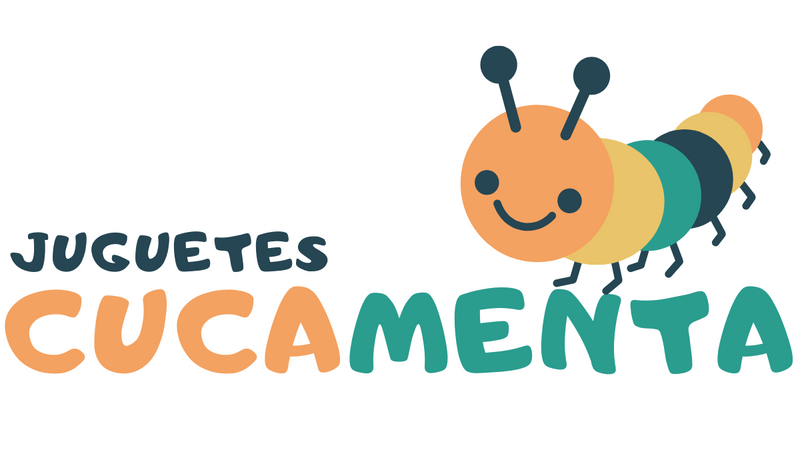Musical rhythms
€81,60
€96,00
Musical rhythms
Montessori music material that contains 135 wooden pieces with different figures, their silences and different rhythmic formulas to work on equivalences and rhythmic composition.
The pieces have the particularity that their measurement is proportional to the value of the figure or rhythmic formula it contains.
This helps the little ones to use them intuitively.
This material is ideal for organizing music learning spaces and corners.
It is made with wood from sustainable forests, complying with the CE regulations established for manipulative and teaching materials.
Rhythmic Tips 🎶:
At an early age and during the early childhood education stage , learning basic rhythmic structures and their equivalences is achieved through experimentation and movement .
This process consists of 4 progressive steps : Listen , Imitate , Recognize and Reproduce .
From there, throughout this stage, we will arrive at the Representation of the corresponding musical Graphic.
During the primary education stage , learning rhythmic structures and their equivalences is achieved through experimentation , movement , the representation of musical spelling and knowledge of the name and value of the figures.
As you know, Rhythm is one of the sound qualities that are worked on in primary education, and related to this, we also have: Duration , Intensity , Height and Timbre .
Therefore, the 135 rhythmic figures in this material serve to support the learning of music in the little ones.
Furthermore, music is one of the main sources of stimulation for little ones, and has an impact on all areas of development , at a cognitive , motor , communicative , affective and social level .
Rhythm is the starting point for the introduction of musical knowledge and interpretation by children. On top of the rhythmic base, other more complex musical elements will be incorporated.
Activities:
We learn the rhythmic figures and the equivalences between them.
The size of the tablets in the figures corresponds to their duration , in this way, learning is meaningful and visual.
Let's look for the longest figure (round) and put together the equivalence scheme until the figure that lasts the least (sixteenth note). Likewise, the equivalence scheme of the silences can be made.
From here, various rhythmic activities can be carried out, such as rhythmic dictations so that the child can identify a rhythmic structure and even the creative composition of their own rhythms for later execution.
Measurements: 45 x 32 x 7.5 cm
The Details
-
Weight:
2.1 kg
-
In Stock:
0












